
During the previous Major League Baseball season, the Atlanta Braves found themselves navigating a challenging and unusually active trade deadline period. As the calendar approached late July, Atlanta’s front office was aggressively working the phones, striving to improve the roster and shuffle pieces that no longer fit the club’s long-term vision.
Among the players most frequently mentioned in trade discussions was designated hitter Marcell Ozuna. Even though Ozuna had produced offensively, his fit on the roster was complicated, especially with the team trying to balance lineup flexibility and defensive versatility.
Multiple reports indicated that Atlanta came very close to moving him, with several trade scenarios seemingly in place and preliminary agreements forming with more than one club. However, in a surprising twist, those deals ultimately collapsed.
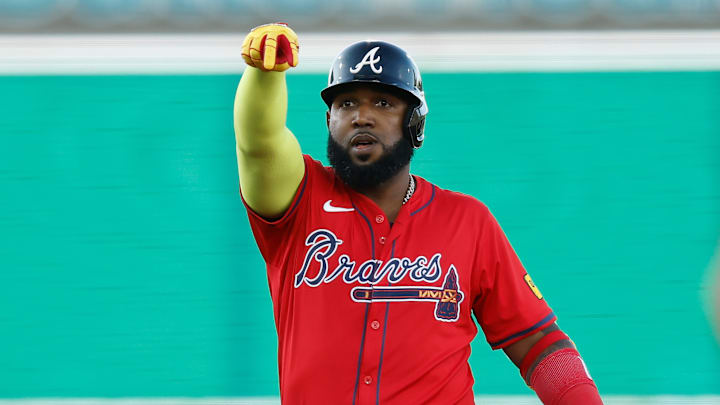
What made the situation so fascinating was not a lack of effort from Atlanta’s general manager Alex Anthopoulos, nor a shortage of suitors interested in Ozuna’s bat. The obstacle was Ozuna himself. According to league insiders familiar with the negotiations, Ozuna exercised his contractual right to veto potential trades — not once, not twice, but three separate times.
This power to reject trades stems from Major League Baseball’s “10-and-5” rule: once a player accumulates ten total years of service time in the league, with at least five of those years consecutively on the same team, he earns full no-trade protection. Ozuna met that threshold, giving him complete authority to determine whether he stays or goes.
READ MORE: Latest Blockbuster Mets-Reds Trade Speculation Stuns Fans
Harrison Smajovits of Sports Illustrated offered thoughtful insight into how this played out. He suggested that while Anthopoulos may have been deep in negotiations with other front offices, no final agreement could be struck because Ozuna — or at least his representation — was not obligated to approve every scenario.
Smajovits explained that Ozuna could have delegated the approval process to his agent, essentially saying, “You handle it and let me know if something makes sense.” Yet even that approach doesn’t erase his 10-and-5 leverage. Whether Ozuna was personally involved or empowering his agent, he retained the last word on whether any potential move became a reality. In the end, he chose to remain in Atlanta, delaying any dramatic change in scenery.

Now, as the Braves look toward the approaching season, the organization appears ready to take a distinctly different path in managing their designated hitter role. Rather than relying on one player — Ozuna or anyone else — the Braves are preparing for a more fluid, rotational approach. Multiple team insiders have reported that Atlanta wants to create a DH spot that doesn’t freeze one player into that role every day. Instead, the club wants to use the position to strategically rest players without compromising offensive firepower.
Chase Owens of Hammer the Hammer Baseball (HTHB) detailed this evolving philosophy, citing commentary from MLB.com’s Mark Bowman. Several marquee Braves could benefit from the refreshed plan: Ronald Acuña Jr., whose explosive athleticism often leads to wear and tear; Jurickson Profar, a versatile player who can move all around the diamond; Sean Murphy, one of the league’s top catchers who needs scheduled off-feet days to remain productive; and even Matt Olson, Atlanta’s iron-man first baseman who rarely misses a game.
Owens summarized the idea succinctly — the Braves seem to believe that constantly rotating hitters through the DH slot will improve long-term durability and offensive consistency. He also emphasized an important point: this new structure partially depends on who the Braves might add this offseason. If new acquisitions crowd the lineup or introduce different roster priorities, the plan could still evolve. As the roster currently stands, though, Atlanta appears excited to treat the DH job as a flexible and dynamic role, rather than a permanent assignment. The shift signals a bigger organizational mindset: the Braves want adaptability and fresh energy as they approach the 2026 campaign.
This outlook carries obvious implications for Ozuna’s future. If the Braves intend to share the DH slot among several stars, Ozuna could find fewer opportunities in the lineup, diminishing his long-term viability with the franchise. As a result, external speculation about his next possible destination has resurfaced, with analysts evaluating which teams might benefit from his power-first approach.
One team frequently linked to Ozuna is the New York Mets. The Mets are entering a period of uncertainty, with franchise icon Pete Alonso approaching free agency. Alonso remains the face of the Mets and the organization’s all-time leader in home runs since his 2019 debut. But if negotiations break down or if the front office decides to pivot in a different direction, New York will need somebody who can replace at least part of Alonso’s offensive production — specifically, power in the middle of the batting order.
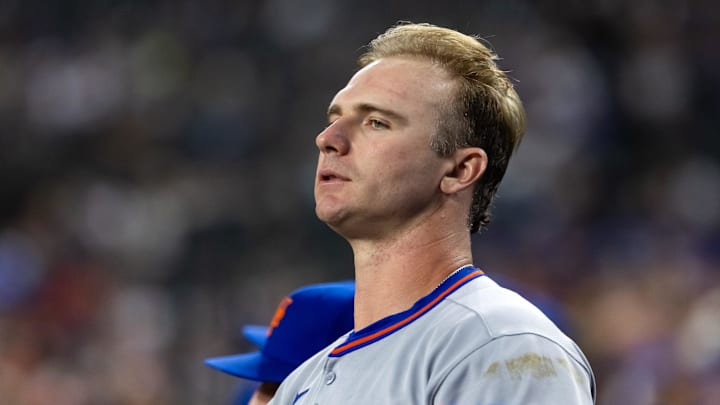
Bleacher Report’s Tim Kelly noted that Ozuna could be that person, arguing that his bat would provide substantial middle-order protection and prevent the lineup from losing too much firepower should Alonso leave. Kelly emphasized that while Ozuna does not match Alonso’s total value, he brings the same right-handed threat that pitchers must game plan for.
For the Mets, pursuing Ozuna could be a practical short-term investment rather than a franchise-altering commitment. Because Ozuna is nearing the end of his contract phase and is not expected to receive a long-term extension, New York could pursue him on a one- or two-year deal.
That length allows the Mets to maintain financial flexibility while bridging the gap toward whatever their next long-term plan becomes — whether that’s developing a homegrown slugger or targeting another major free agent in a future offseason. In this scenario, Ozuna becomes something of a stop-gap star: not the centerpiece of the franchise, but an effective, short-range solution to avoid losing all offensive momentum if Alonso departs.
READ MORE: Mets’ Carlos Mendoza puts top pitcher on notice after latest debacle
There is, however, a fascinating emotional twist. Ozuna wearing a Mets uniform would require fans — both in Atlanta and New York — to adjust their expectations. Braves fans have grown accustomed to seeing Ozuna as part of their lineup, even if his role fluctuates. Mets fans, on the other hand, would be watching a player who has battled on the opposite side of the NL East rivalry for years. Seeing him in Mets blue and orange would be visually jarring at first. Yet baseball frequently delivers unexpected uniform swaps, and if Ozuna starts smashing home runs into Citi Field’s second deck, fan hesitation would likely give way to enthusiasm.
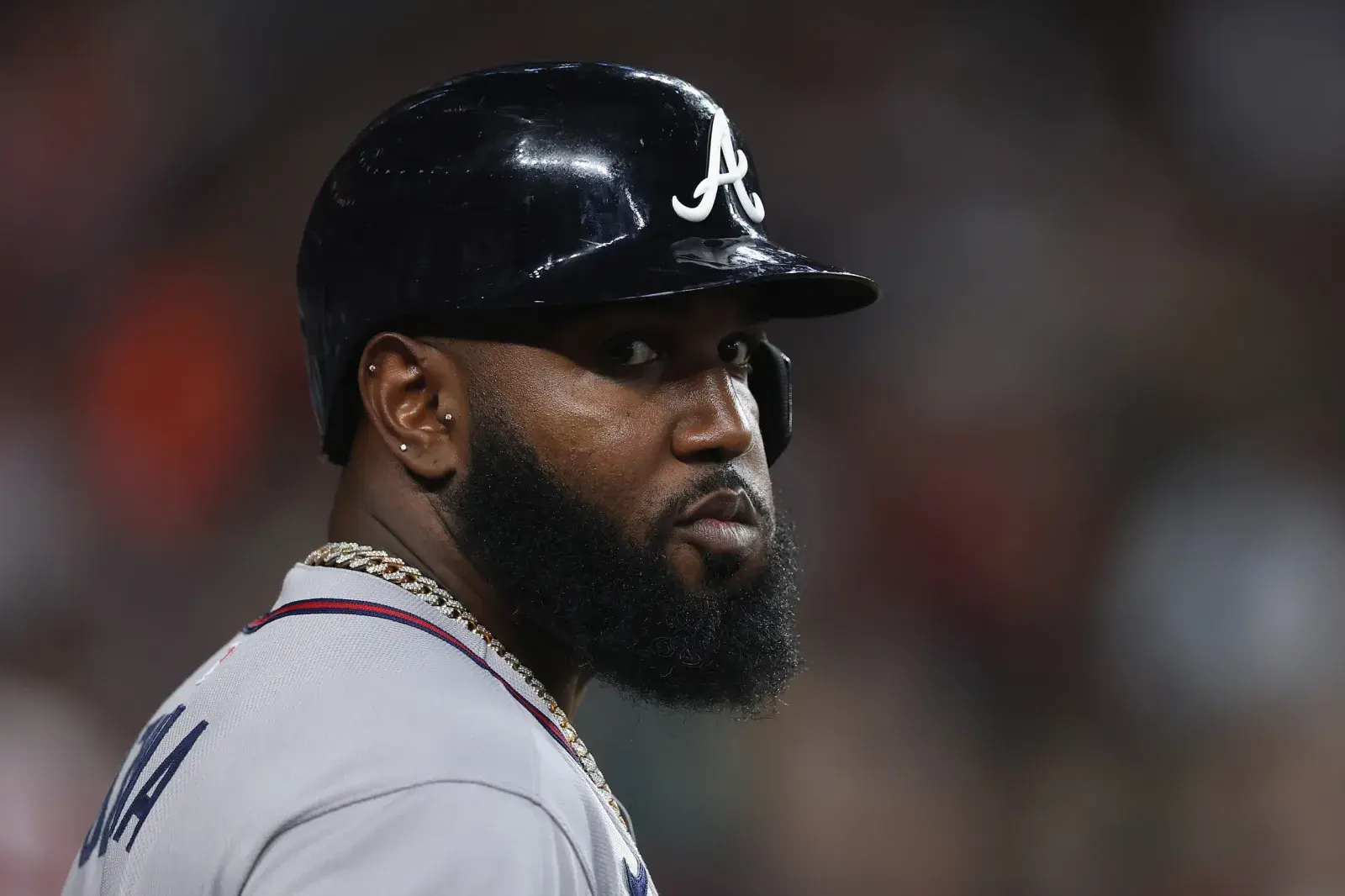
For now, the situation remains fluid. The Braves are entering a new strategic era, one focused on flexibility, rest, and maximizing lineup potential. Ozuna’s power remains valuable, but his rigidity as a pure DH may not fit the club’s evolving vision. Meanwhile, the Mets are waiting to see how their offseason unfolds — particularly what happens with Alonso. If Alonso leaves, Ozuna becomes logical. If Alonso returns, the Mets might prioritize lineup balance and defensive versatility instead.
Either way, the next few months promise movement. The story of Marcell Ozuna’s future — once stalled by three vetoed trades — is far from finished. As the baseball world enters the offseason, the lingering question is simple: will Ozuna remain in Atlanta and adapt to a rotating DH plan, or will he become a new offensive weapon in New York, helping the Mets transition into their next identity?
Only time, strategy, and a willing agreement will tell.
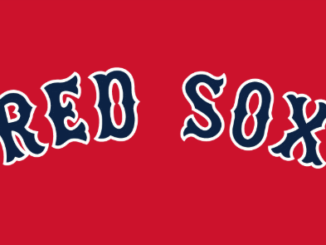
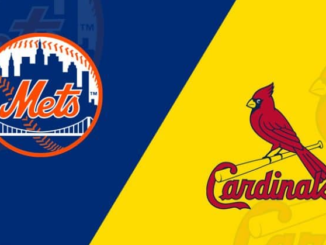
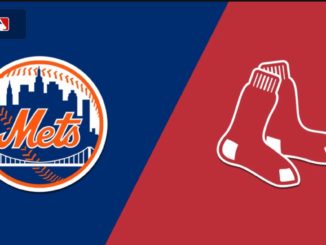
Be the first to comment